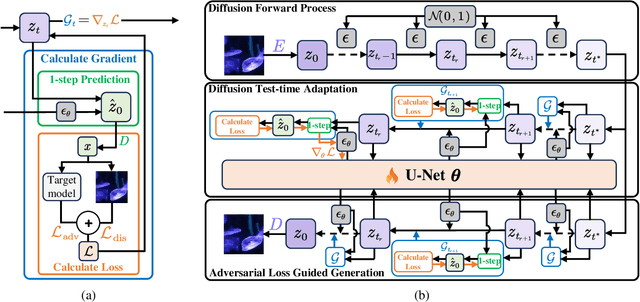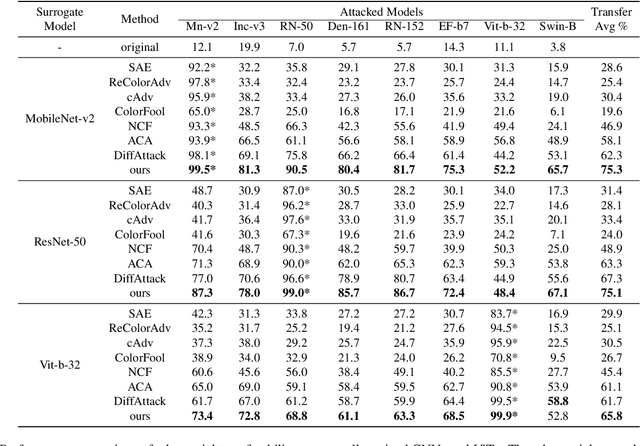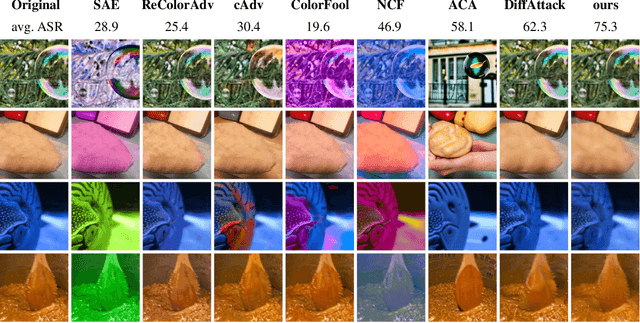Yuhao Xue
One Object, Multiple Lies: A Benchmark for Cross-task Adversarial Attack on Unified Vision-Language Models
Jul 10, 2025Abstract:Unified vision-language models(VLMs) have recently shown remarkable progress, enabling a single model to flexibly address diverse tasks through different instructions within a shared computational architecture. This instruction-based control mechanism creates unique security challenges, as adversarial inputs must remain effective across multiple task instructions that may be unpredictably applied to process the same malicious content. In this paper, we introduce CrossVLAD, a new benchmark dataset carefully curated from MSCOCO with GPT-4-assisted annotations for systematically evaluating cross-task adversarial attacks on unified VLMs. CrossVLAD centers on the object-change objective-consistently manipulating a target object's classification across four downstream tasks-and proposes a novel success rate metric that measures simultaneous misclassification across all tasks, providing a rigorous evaluation of adversarial transferability. To tackle this challenge, we present CRAFT (Cross-task Region-based Attack Framework with Token-alignment), an efficient region-centric attack method. Extensive experiments on Florence-2 and other popular unified VLMs demonstrate that our method outperforms existing approaches in both overall cross-task attack performance and targeted object-change success rates, highlighting its effectiveness in adversarially influencing unified VLMs across diverse tasks.
TRAIL: Transferable Robust Adversarial Images via Latent diffusion
May 22, 2025



Abstract:Adversarial attacks exploiting unrestricted natural perturbations present severe security risks to deep learning systems, yet their transferability across models remains limited due to distribution mismatches between generated adversarial features and real-world data. While recent works utilize pre-trained diffusion models as adversarial priors, they still encounter challenges due to the distribution shift between the distribution of ideal adversarial samples and the natural image distribution learned by the diffusion model. To address the challenge, we propose Transferable Robust Adversarial Images via Latent Diffusion (TRAIL), a test-time adaptation framework that enables the model to generate images from a distribution of images with adversarial features and closely resembles the target images. To mitigate the distribution shift, during attacks, TRAIL updates the diffusion U-Net's weights by combining adversarial objectives (to mislead victim models) and perceptual constraints (to preserve image realism). The adapted model then generates adversarial samples through iterative noise injection and denoising guided by these objectives. Experiments demonstrate that TRAIL significantly outperforms state-of-the-art methods in cross-model attack transferability, validating that distribution-aligned adversarial feature synthesis is critical for practical black-box attacks.
 Add to Chrome
Add to Chrome Add to Firefox
Add to Firefox Add to Edge
Add to Edge